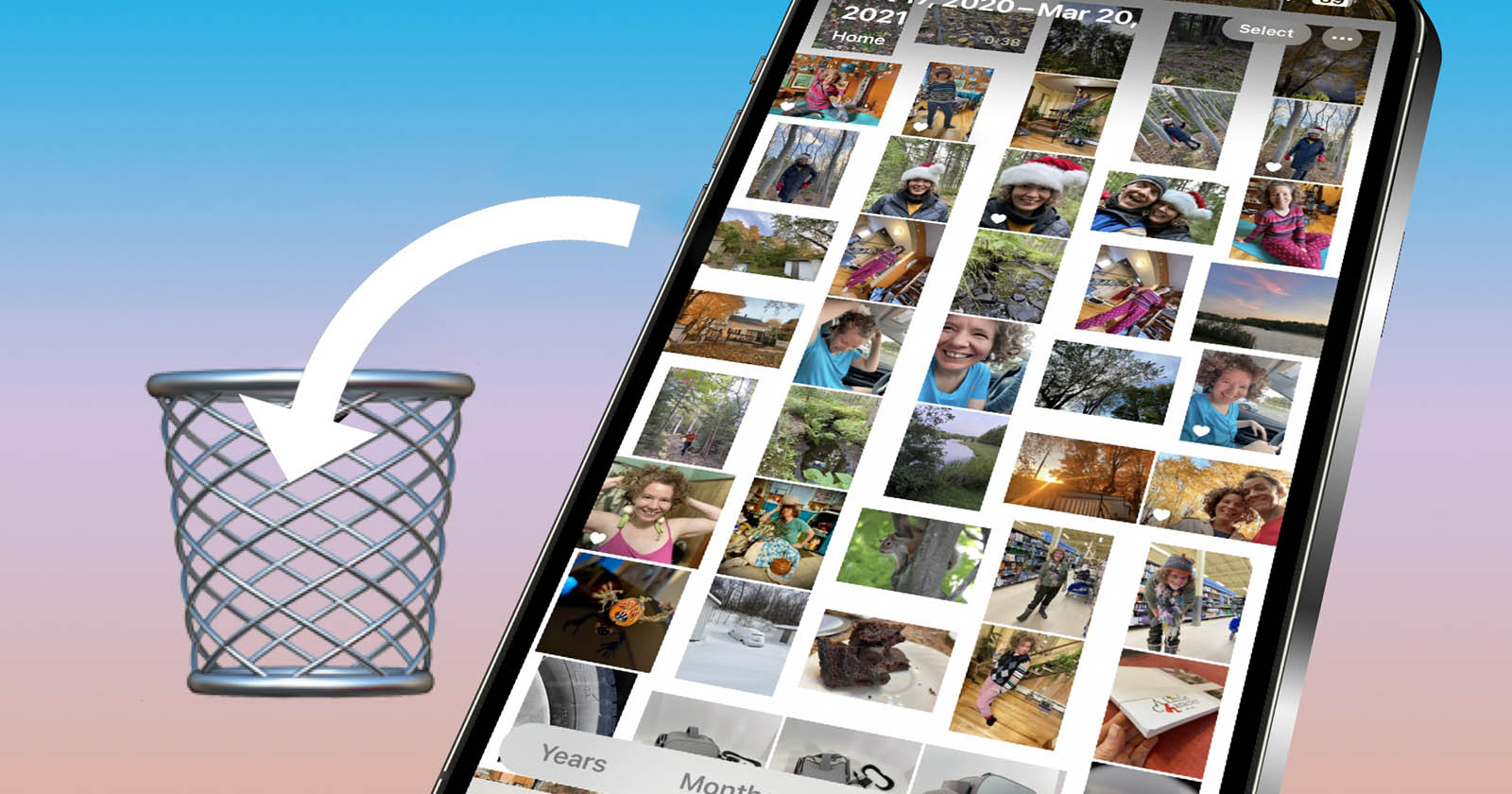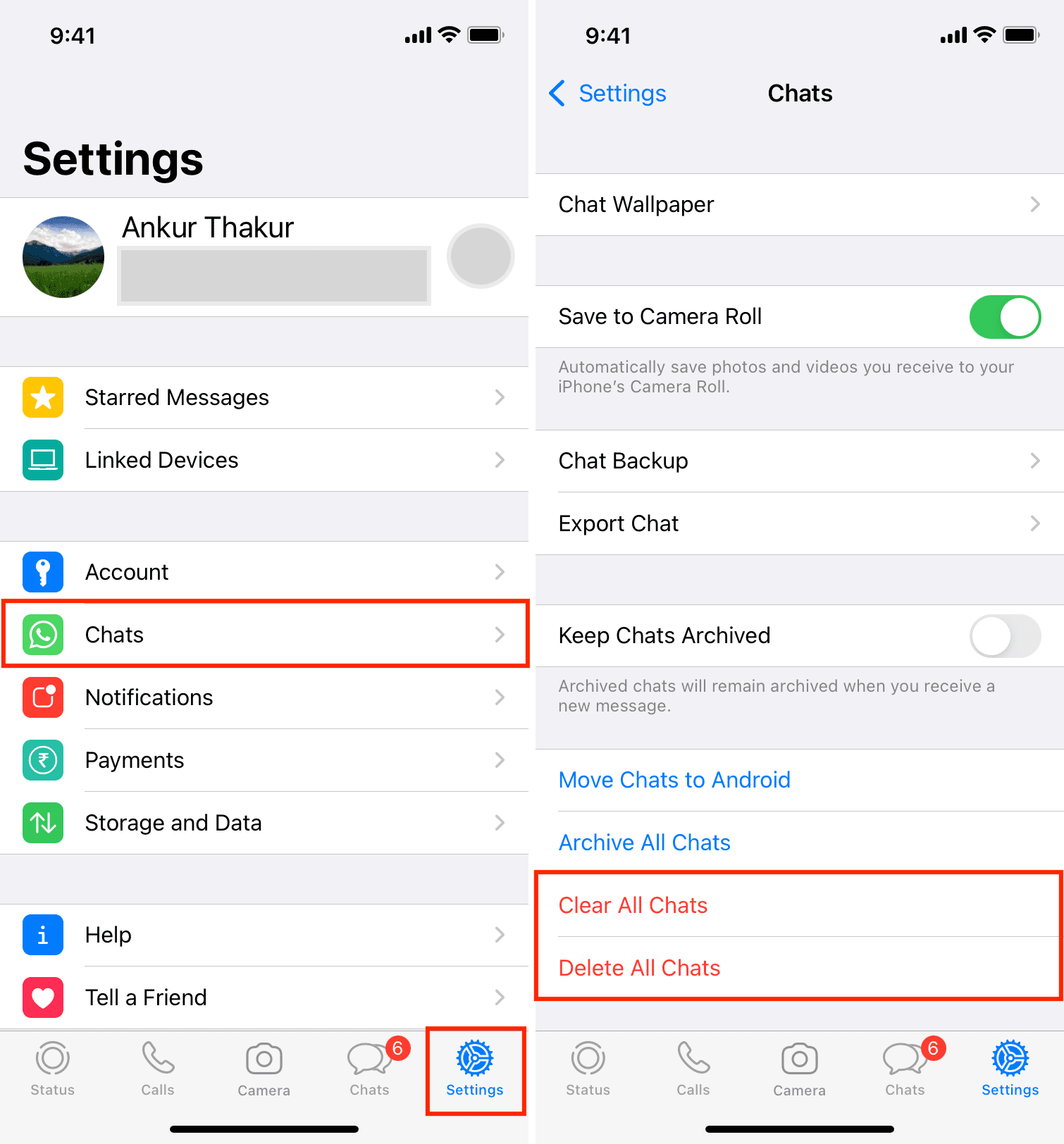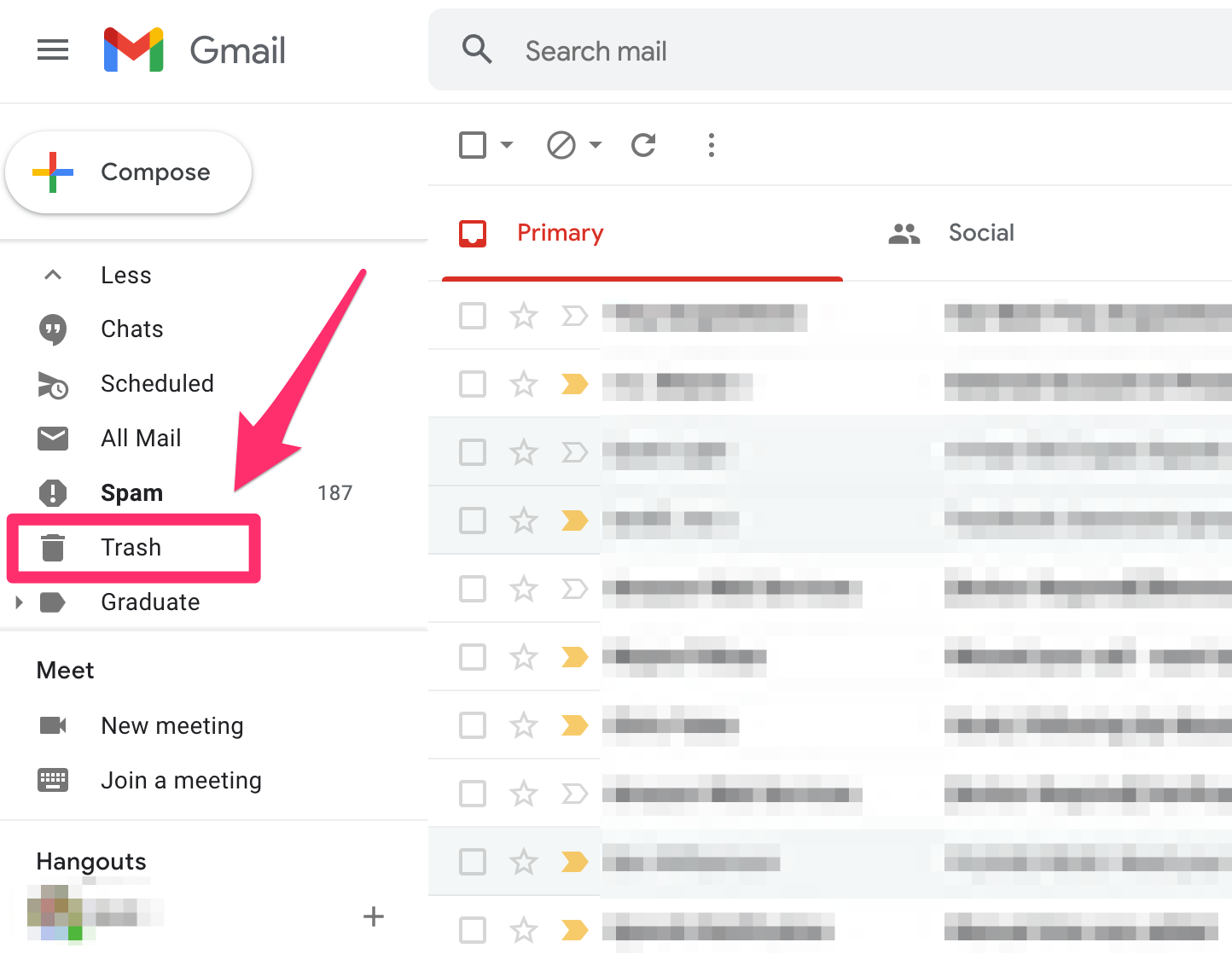Feeling overwhelmed by digital clutter? You are not alone, it's a common feeling. Our online lives, you know, they gather so much stuff over time. From old emails to countless photos, even activity logs, it can really pile up. So, you might be wondering, how do I actually clean all of that out? How do I truly hit that "delete all" button and get some peace?
It's a very real challenge, keeping track of everything we do online. Each click, every photo, every message, it all adds up, you see. Sometimes, it feels like our digital spaces are bursting at the seams, making it harder to find what we need or just simply feel organized. This buildup can, in a way, weigh on us, both in terms of device performance and a sense of digital peace.
This guide is here to help you, basically, take back control. We'll walk through how to effectively use the "delete all" function across some of your most used platforms. We'll cover everything from clearing your Google activity to managing your email inbox and even tidying up your cloud storage. So, let's get into it, shall we?
Table of Contents
- Understanding Why We Delete All
- Clearing Your Digital Footprint: Google Activity
- Taming the Outlook Beast: Emails and Contacts
- Freeing Up Cloud Space: OneDrive Files and Photos
- Other "Delete All" Scenarios and Tips
- Frequently Asked Questions About "Delete All"
Understanding Why We Delete All
People want to hit that "delete all" button for quite a few reasons, you know. Sometimes, it's about privacy, just wanting to make sure old information isn't floating around. Other times, it's about storage space, especially with all the photos and files we keep. And then there are those moments when things just get messy, like a contact list that's completely out of whack, and you just want a fresh start. It's really about taking back control of your own digital world.
The feeling of a clean slate can be pretty liberating, actually. Imagine your computer or phone running a bit faster, or finding that specific document without sifting through years of irrelevant stuff. It's not just about getting rid of things; it's about making your digital life work better for you. So, in some respects, knowing how to properly "delete all" is a very important skill in today's connected world.
Clearing Your Digital Footprint: Google Activity
Your Google account, it's like a central hub for so much of your online life, isn't it? It keeps a record of what you search for, the videos you watch, and even the places you go if location history is on. For many, this activity log can feel a bit overwhelming, and there might be times you just want to wipe it clean. Fortunately, Google gives you pretty straightforward ways to do this.
How to Remove All Google Activity
To clear nearly all your activity on your computer, you will want to head over to myactivity.google.com. This is, you know, the main place where Google stores all that information. Once you are there, look for the "Delete activity by" option, which is typically found above your activity feed. Clicking this will give you choices, such as deleting activity from "All time." This is the option you'd pick to really clean house.
When you select "All time," Google will then ask you to confirm what types of activity you want to remove. This could include things like Web & App Activity, Location History, and YouTube History. You can choose to delete all of these or just specific ones. After making your choices, confirm, and just like that, a significant chunk of your digital past with Google will be gone. It's a pretty powerful tool, actually, for privacy management.
Deleting Individual Items on Google
Sometimes, you might not want to "delete all" everything, but rather just a few specific things. Maybe it's a search you made that you'd rather not keep, or a video you watched. On the same myactivity.google.com page, you can delete individual activity items. For example, this could include a particular search query or a specific website visit. You just find the item, and there's usually a little 'X' or a three-dot menu next to it that lets you remove it. This gives you, like, very fine control over your data.
Taming the Outlook Beast: Emails and Contacts
Microsoft Outlook, for many, is a very central part of their communication, isn't it? And with so much communication, comes a lot of emails and, well, contacts. Over time, an Outlook inbox can become a bit of a mess, and contact lists can get f.u.b.a.r. as some people say. The good news is, you can indeed delete large amounts of emails at once with ease, and even completely reset your contact list.
Mass Deleting Emails in Outlook
In Microsoft Outlook, you can delete multiple emails or all emails from a specific sender using various methods. One common way is to use the search bar at the top of the Outlook window. You can type in a sender's name, a keyword, or even a date range. Once the search results appear, you can then select all the relevant emails. Typically, you can do this by clicking the first email, holding down the Shift key, and clicking the last email, or by using Ctrl+A (Cmd+A on Mac) to select all in the view. Then, you just hit the delete key. This is a very handy trick for clearing out newsletters or old promotions, for instance.
For more advanced deletion, you might look into Outlook's "Clean Up" tools or setting up rules. These can, you know, automatically move or delete emails based on criteria you set. For instance, if you want to delete emails by date range, you can often filter your inbox by date and then select all the emails within that period. It's basically a way to manage your inbox with a bit more strategy.
Wiping Your Outlook Contact List Clean
A f.u.b.a.r. Outlook contact list can be a real headache, right? If you want to completely delete all contacts from Microsoft Outlook online, or even your desktop app, it can seem a bit tricky at first. People often ask, "How can I delete all the contacts in my address book at once, or remove more than ten contacts, or delete duplicate contacts?" The simplest way, in many versions of Outlook, is to go to your "People" or "Contacts" section. From there, you can usually select multiple contacts. You can often click the first contact, hold down the Shift key, and then click the last contact to select a whole block. Then, just like with emails, you can hit the delete key. If you want to delete every single one, you might need to select all (Ctrl+A or Cmd+A) in that view. It's a pretty quick way to get a fresh start with your contacts, which is very useful.
Freeing Up Cloud Space: OneDrive Files and Photos
Cloud storage, like OneDrive, is super convenient, isn't it? You get a lot of space, sometimes 1TB, to store your files and photos. But then, you know, it fills up. And sometimes, you just need to delete all of the photos to clear up space, or remove all files from OneDrive because you're starting fresh or moving to another service. The thought of manually deleting thousands of items can be pretty daunting, actually.
How to Delete All Photos from OneDrive
If you want to delete all of the photos that are presently on OneDrive, there's usually a way to do it without going through each one. You'll want to access your OneDrive account through a web browser. Navigate to your "Photos" section or the specific folder where your pictures are stored. Look for a "Select all" option, which is often a checkbox at the top or a menu option. Once all photos have been selected, you can then choose the "Delete" option. This will send them to your OneDrive recycle bin first, giving you a chance to recover them if you made a mistake. Remember, after they are in the recycle bin, you'll need to empty that too to truly clear up space. This is a very important step for complete removal.
Removing All Files from OneDrive
Is there a way to delete all files from OneDrive, not just photos? Yes, there certainly is. The process is quite similar to deleting photos. Go to your OneDrive through the web interface. You can navigate to the main "Files" view. From there, you should be able to select all files and folders. Again, look for a "Select all" checkbox or an option to select everything in the current view. Once everything is selected, choose the "Delete" option. Just like with photos, these items will go to the recycle bin. To completely clear your space, you will need to empty the recycle bin afterwards. This is, you know, the final step to truly free up that 1TB of storage you might have.
Other "Delete All" Scenarios and Tips
The concept of "delete all" goes beyond just emails and photos, you see. There are other aspects of your digital life where a complete reset or mass deletion might be what you need. From calendar entries to even the way you sign in, sometimes a clean slate is the best approach. We are happy to help you with these situations, too.
Resetting Calendars
Sometimes, your calendar can get a bit cluttered with old events, or perhaps you want to start fresh with a new system. You can reset all your calendars in 'applications by default' settings on your device, though the exact translation might vary. It's like you want to delete this application completely through its settings, which often includes its associated data like calendar entries. For example, on an Android phone, you might go to Apps & Notifications, find your Calendar app, and then clear its storage and cache. This often acts as a way to essentially "delete all" its data, giving you a clean calendar. This can be very useful if you're having syncing issues or just want to start over.
Managing Passkeys
Passkeys are the simplest and most secure way to sign in to your account, really. To sign in with just your fingerprint, face scan, or screen lock, you create a passkey. While you typically manage passkeys individually, if you were, for instance, to factory reset a device, that would effectively "delete all" passkeys stored on that specific device. It's not a "delete all" for your account's passkeys, but rather for the local copies. Always be sure to manage your passkeys through your account settings on the service itself, as that is, you know, where the main control lies. This is a very secure way to handle your sign-in methods.
Based on your description, I understand that you have a query is there a way to delete emails by date range? Basically, there might be different ways depending on the email client or service you are using. Most modern email platforms, like Outlook or Gmail, offer advanced search filters that allow you to specify a date range. Once you filter by date, you can then select all the emails within that period and delete them. This is a very efficient method for tidying up old correspondence without having to go through everything manually.
For more insights on keeping your digital life tidy, you could check out this helpful guide on digital decluttering. It offers, you know, some broader ideas about managing your online presence. Learn more about digital tidiness on our site, and link to this page for more data management tips.
Frequently Asked Questions About "Delete All"
People often have similar questions when they are thinking about clearing out their digital information. Here are some common ones that come up, you know, quite a bit.
How do I delete all activity on my computer?
To delete all activity on your computer, particularly for Google-related actions, you should visit myactivity.google.com. From there, you can select the "Delete activity by" option and choose "All time" to remove a wide range of your recorded activity. For local computer activity, it might involve clearing browser history, temporary files, and application caches, which is a bit different.
Can I delete all emails from a specific sender in Outlook?
Yes, you can absolutely delete all emails from a specific sender in Microsoft Outlook. You can use the search bar to find all messages from that sender. Once the results show up, you can select all those emails and then delete them. This is a very effective way to clear out unwanted messages from a particular source.
Is there a way to delete all photos from OneDrive at once?
Indeed, there is a way to delete all photos from OneDrive at once. You can go to your OneDrive through a web browser, navigate to your "Photos" section, and then look for a "Select all" option. After selecting all the photos, you can choose to delete them. Remember to empty your OneDrive recycle bin afterwards to free up the storage space completely.



Detail Author:
- Name : Benton Gerlach
- Username : adavis
- Email : nwolf@yahoo.com
- Birthdate : 1971-02-22
- Address : 283 Huel Passage Wehnerton, NH 16677
- Phone : 248.537.8525
- Company : Mohr, Murphy and Legros
- Job : Talent Director
- Bio : Quia ex nulla dolores repudiandae. Maiores quod eos non et enim eius ipsa hic. Et cum temporibus doloribus eos illo explicabo nobis adipisci. Autem doloremque eum quod est nobis.
Socials
twitter:
- url : https://twitter.com/anastasiavandervort
- username : anastasiavandervort
- bio : Tenetur sunt facilis nihil quibusdam tempora aut velit. Error rerum sit sit praesentium placeat quis adipisci. Odio eaque aut dolor facilis.
- followers : 5134
- following : 1159
linkedin:
- url : https://linkedin.com/in/anastasia_vandervort
- username : anastasia_vandervort
- bio : Id qui fugit qui magnam officia officiis.
- followers : 2109
- following : 334
instagram:
- url : https://instagram.com/anastasiavandervort
- username : anastasiavandervort
- bio : Rem nam iusto dolores aperiam voluptatem tempore sit. Odit totam ut voluptatem odit architecto.
- followers : 6398
- following : 898
facebook:
- url : https://facebook.com/anastasiavandervort
- username : anastasiavandervort
- bio : Expedita eligendi delectus consequatur porro ipsa magni impedit cupiditate.
- followers : 407
- following : 69



























